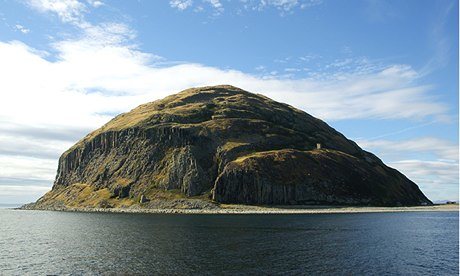Curling stones require this rare granite that has low water absorption which prevents the action of repeatedly freezing water from eroding the stone.
Trefor vs ailsa craig granite.
Only two places on earth is said to have the blue hone or common green granite which has a low absorption rate and keeps water from freezing and eroding the stone.
Ailsa craig common green granite has been reintroduced in new stones in recent years but the amount of impurities in much of this newly gathered ailsa craig common green granite will develop pot holes in the strikeband area that will rapidly increase in size with frequent use resulting in a much shorter life span for stones made from this new.
Ailsa craig and the trefor granite quarry in wales.
The other being the trefor granite quarry in wales.
The granite is then transported to the mainland by boat to be stored in our secure facility until we start the process of transforming the granite boulders into the finished curling stones.
Blue hone ailsa craig common green both found on ailsa craig island and trefor which can be found in the trefor quarry of wales.
Not only do but the supply of rock available is far greater.
Kays of scotland has been making curling stones since 1851 and has the exclusive rights to the ailsa craig granite granted by the island s owner the marquess of ailsa.
Ailsa craig produced two types of granite for curling blue hone and ailsa craig common green.
The last harvest of ailsa craig granite by kays took place in 2013 after a hiatus of 11 years.
As of 2004 60 70 of all curling stones in use were made from granite from the island and it is one of only two sources for all stones in the sport the other being the trefor granite quarry in wales.
Even today 60 70 percent of all curling stones comes from granite extracted from alisa craig.
Trefor is more durable than ailsa craig blue hone and so is better suited for crashing and banging but ailsa craig blue hone is less porous and better suited for sliding on ice.
Ailsa craig is also the world s major supplier of a rare type of micro granite with a highly interlocked finely grained mineral structure free of quartz which is used to make stones for the sport of curling.
2 000 tonnes were harvested sufficient to fill anticipated orders until.
Curling stones are made from three types of quartz free granite.

